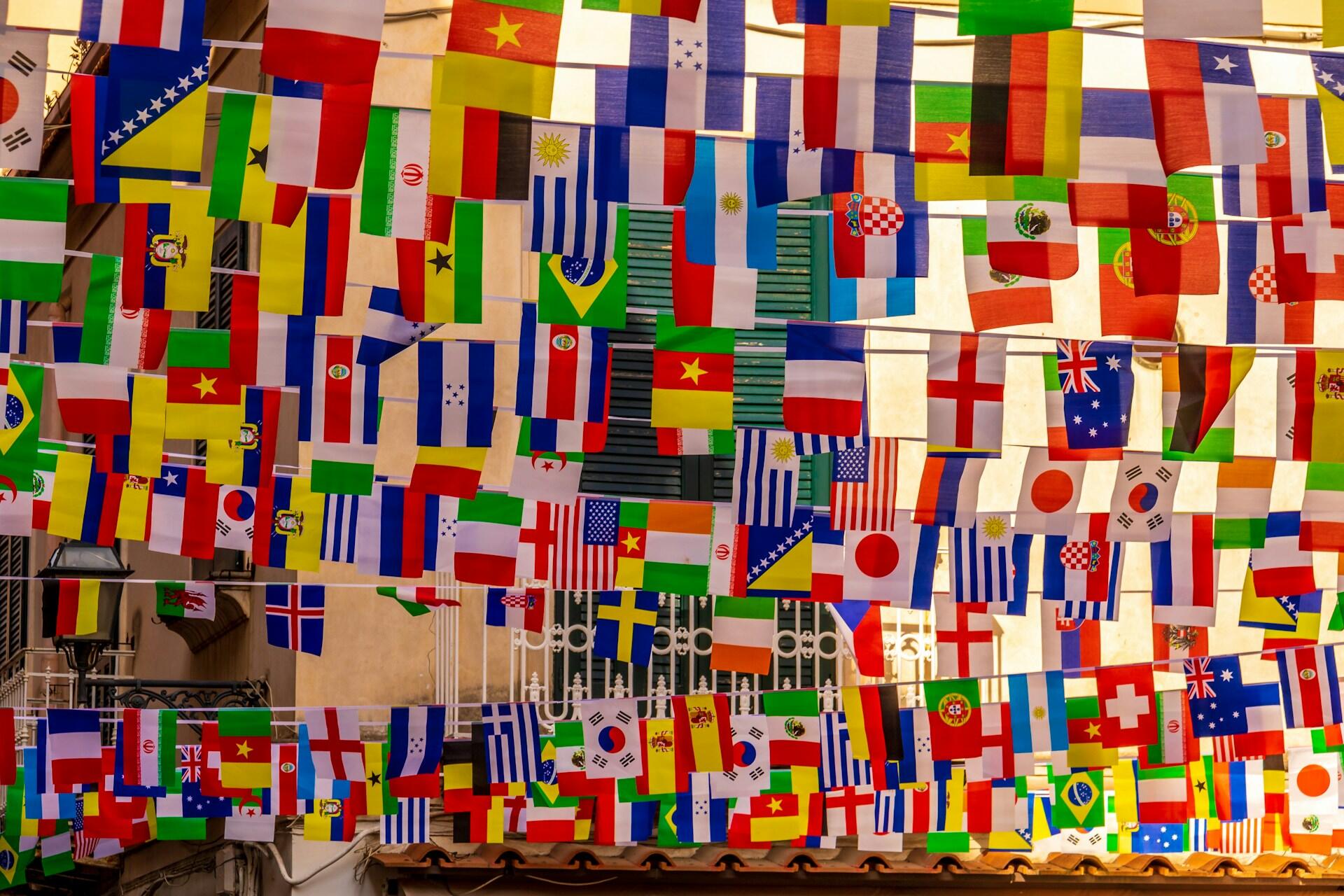There is no doubt that few symbols convey a country's identity as strongly and explicitly as its national flag. From the battlefields of antiquity to today's diplomatic ceremonies and sporting competitions, national flags are a way of uniting history, culture, and visual symbolism.
There are almost 200 countries in the world recognized by the United Nations, each with its own national flag. In such a diverse world, even for those most knowledgeable about geopolitics and international relations, it is impossible to know the history behind each of these flags. Or is it?
Want to test your knowledge and surprise your friends? Take our quiz on the flags of countries around the world! Ready?
Quiz
Quiz :
A Symbol That Tells a Story
More than just pieces of colorful fabric fluttering in the wind, flags tell stories of peoples, achievements, and the ideals of one or more generations who inhabited a particular territory. The first flags emerged as authentic instruments of visual communication, allowing armies to be identified from a distance, for example. Over time, they evolved to represent historical events, values, religions, or visions of the future.
The origin of flags dates back to ancient times, even before they were used as symbols of countries. Civilizations such as the Egyptians, Romans, and Chinese already used banners and insignia to identify armies and leaders in the midst of battles. Over the centuries, especially in the Middle Ages, the use of flags expanded: kingdoms and empires adopted specific coats of arms and colors to represent dynasties, families, and political alliances.
Red with a white cross, the flag of Denmark, known as “Dannebrog,” is considered the oldest flag in the world, dating back to 1219.
However, the concept of the national flag as we know it today only began to take shape in the 17th and 18th centuries, a period marked by the consolidation of modern states, such as what happened after the French Revolution. From that moment on, flags began to represent not only monarchs, but also peoples and ideals.
In the 20th century, during the two World Wars, national flags were instruments of mobilization, pride, and patriotism. Each color carried with it a promise of freedom and sovereignty. After 1945, with the creation of several new states and the decolonization of various territories in Africa and Asia, national flags multiplied, incorporating colors and symbols linked to local culture and history.
A man's country is not just a certain area, mountains, rivers, or forests, but rather a principle, and patriotism is loyalty to that principle.
George William Curtis
Although no flag is inherently more important than another, some are better known than others. Whether through global recognition of the country (sports events, media, tourism, etc.), historical and cultural relevance, or simple visual popularity, some flags are more easily identifiable. Join us on this short journey and see our Top 20 with some of the flags of the most popular countries in the world:
Brazil
The green and yellow refer to the royal families, and the starry blue represents the sky of Rio de Janeiro in 1889. The motto, “Order and Progress,” is inspired by Auguste Comte's positivism.
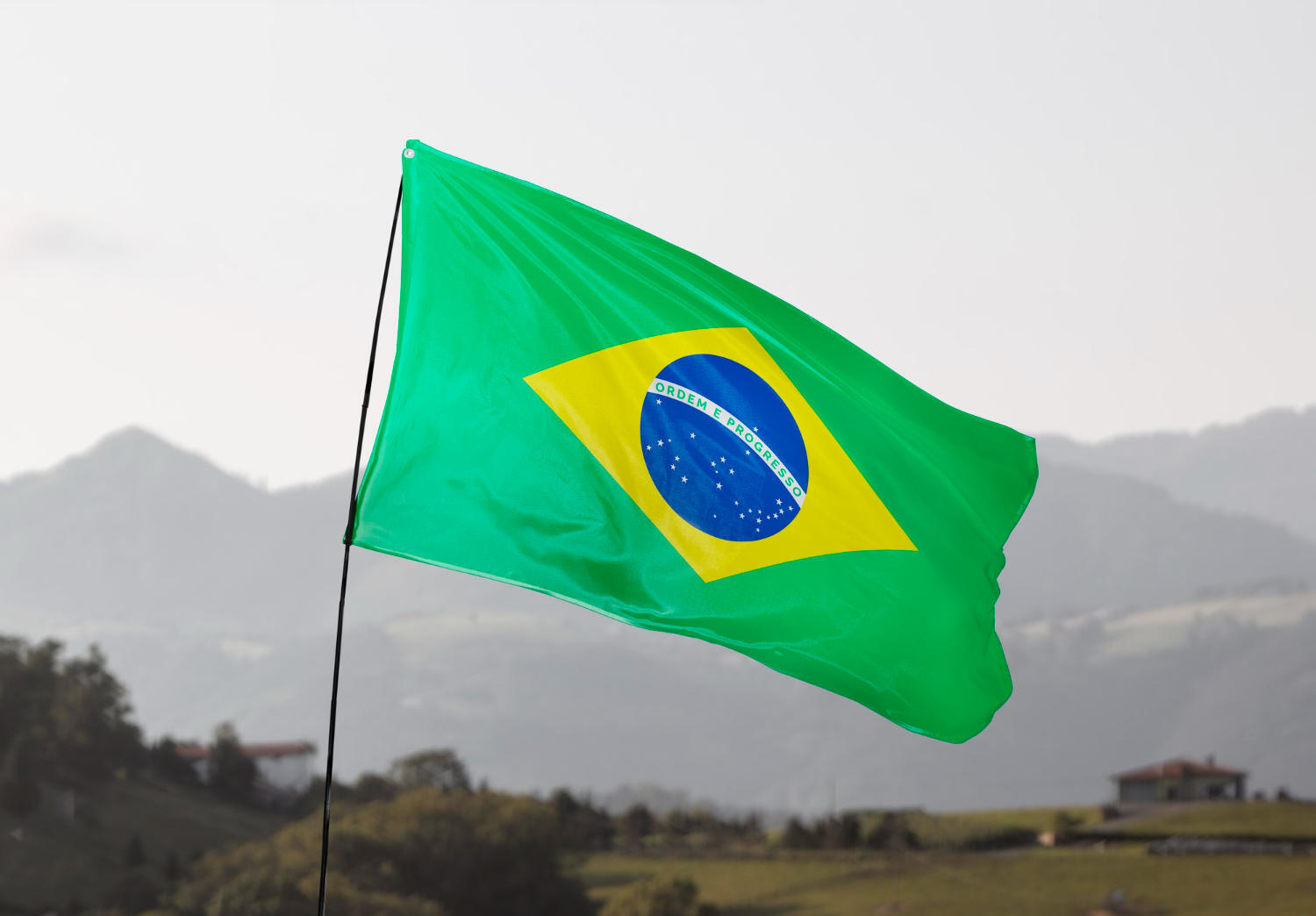

United States of America
Created in 1777, the Stars and Stripes represents the 50 states (stars) and the 13 original colonies (stripes). It was the first flag to be placed on the moon.
China
Red symbolizes the communist revolution. The stars form an arc toward the largest star, symbolizing unity under the leadership of the Communist Party.

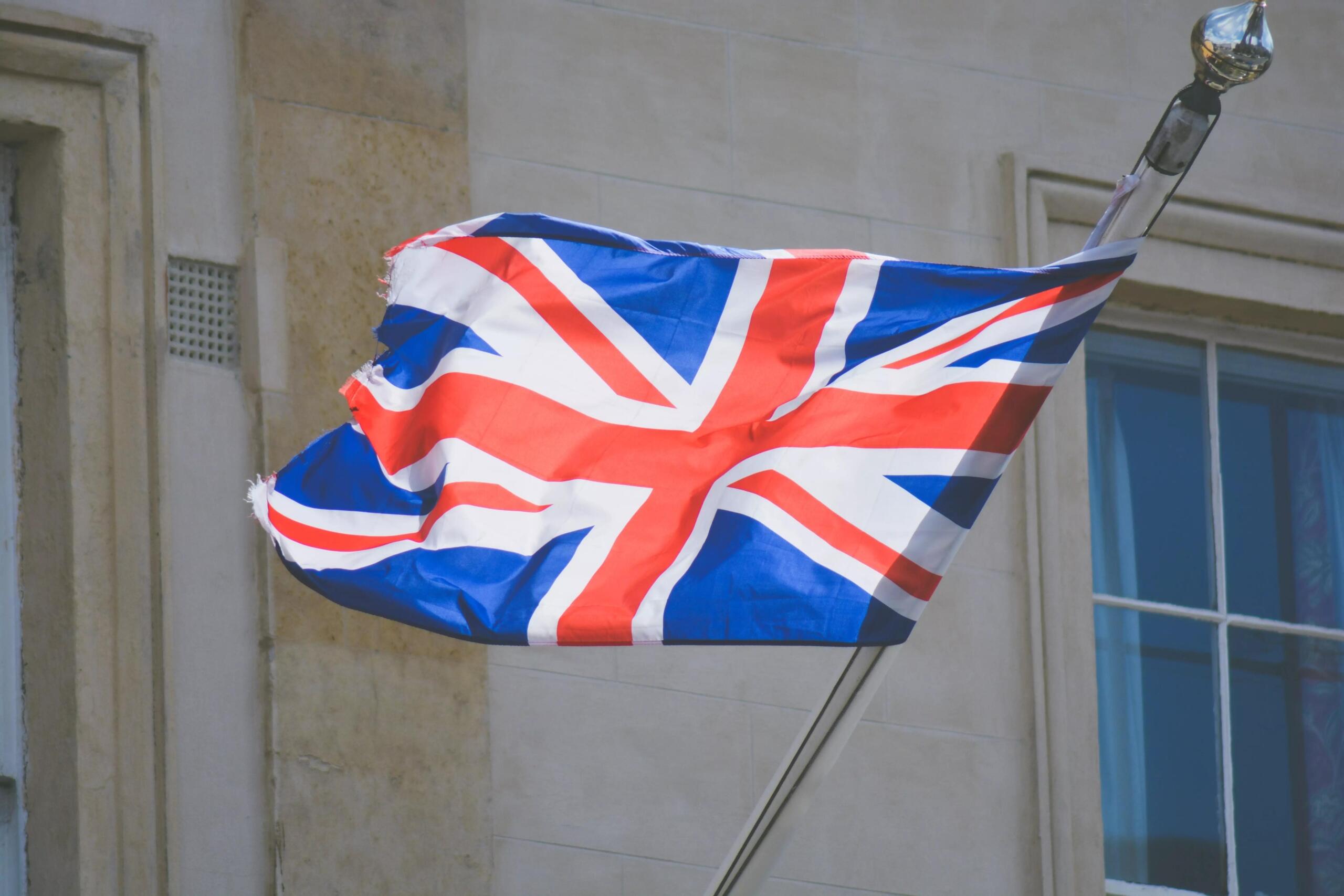
United Kingdom
Known as the Union Jack, it unites the crosses of England, Scotland, and Northern Ireland, symbolizing the union between the kingdoms without loss of identity.
Japan
The red circle on a white background represents the “Rising Sun.” This is one of the oldest flags in continuous use, dating back to the 13th century.
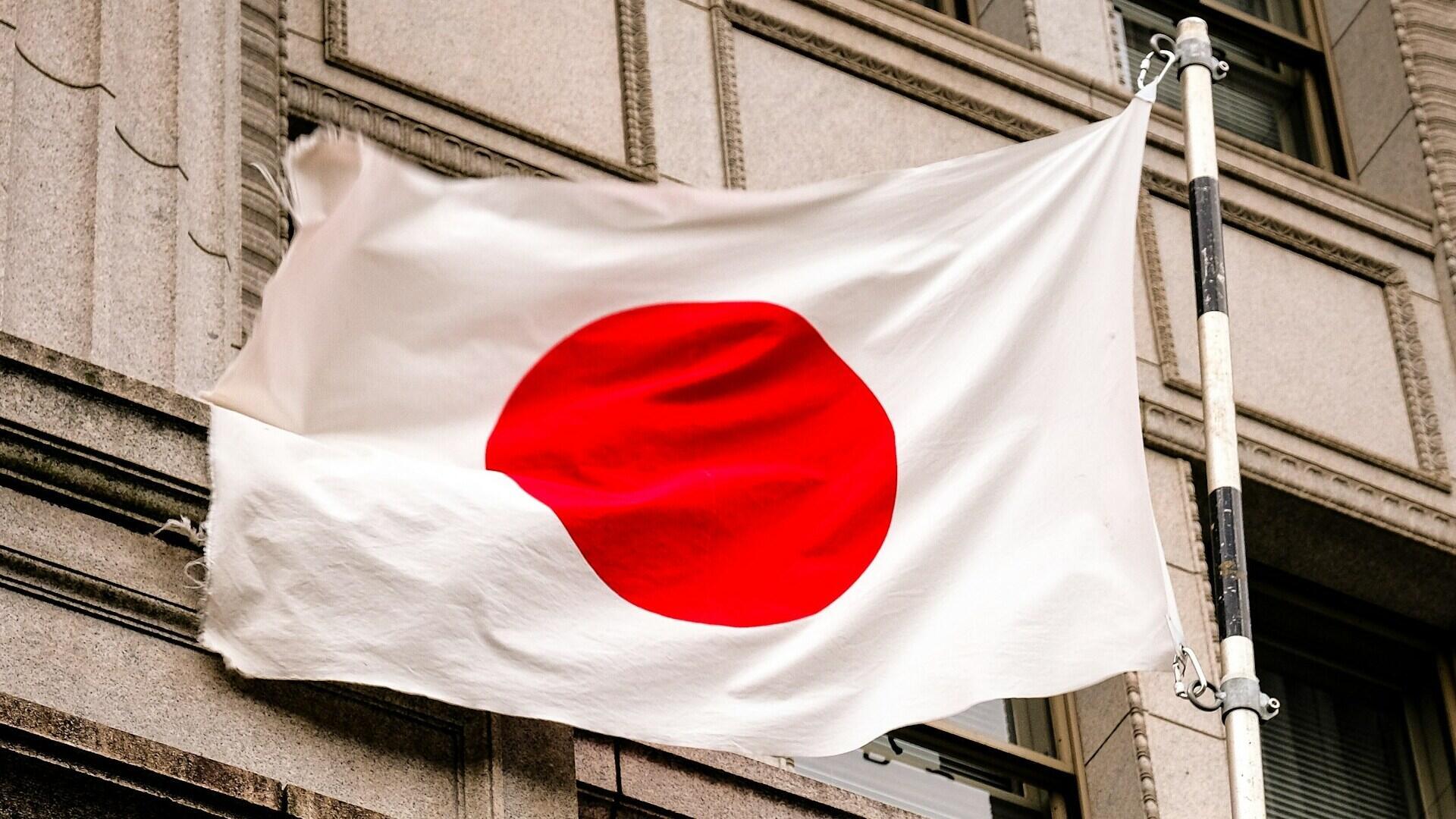
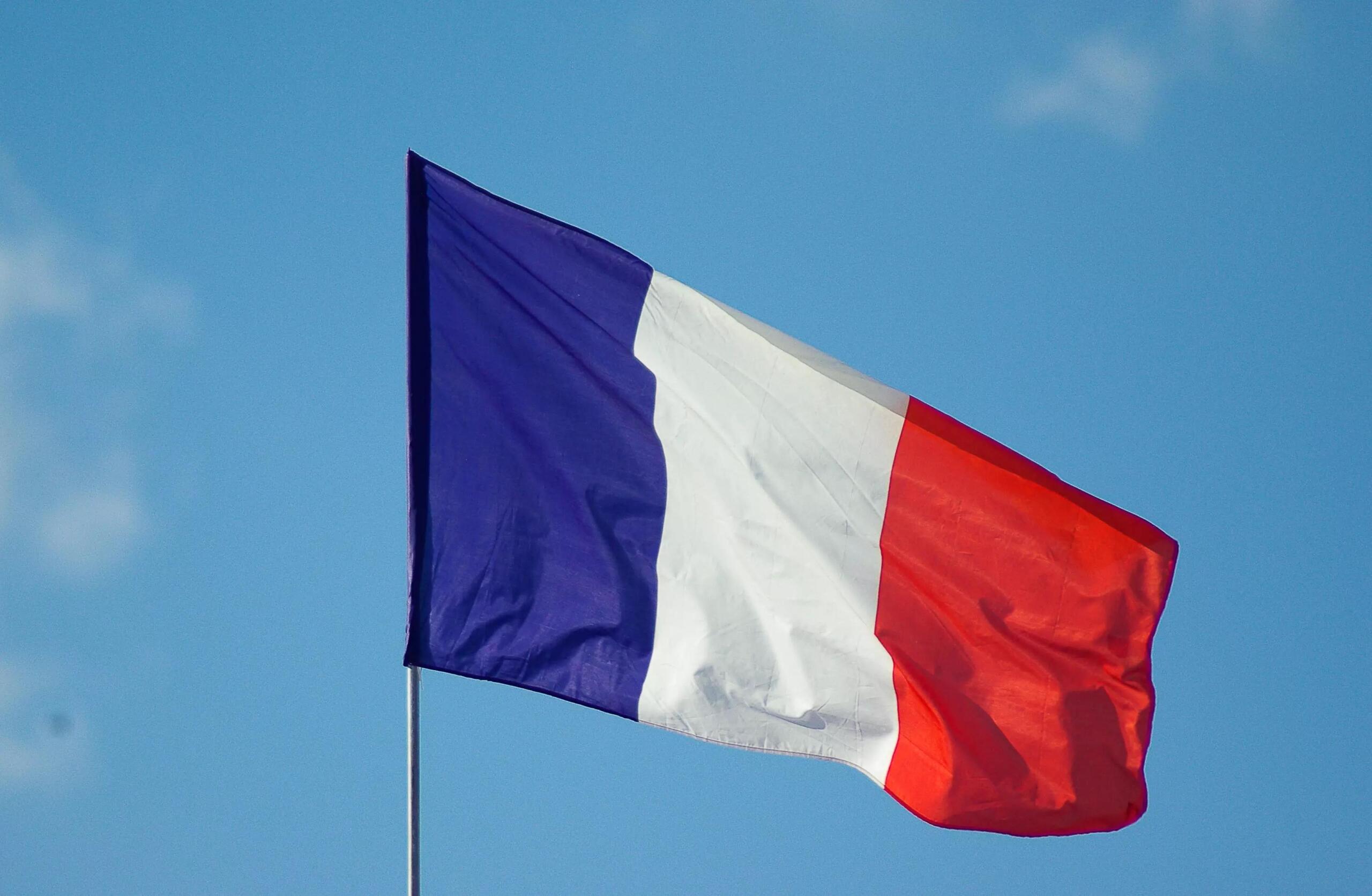
France
This famous tricolor flag was born during the French Revolution in 1789 and inspired countless other flags around the world, such as those of Italy and Haiti.
Germany
Black, red, and gold were used during the Revolution of 1848 for German unification and symbolize freedom and unity after the Napoleonic period.
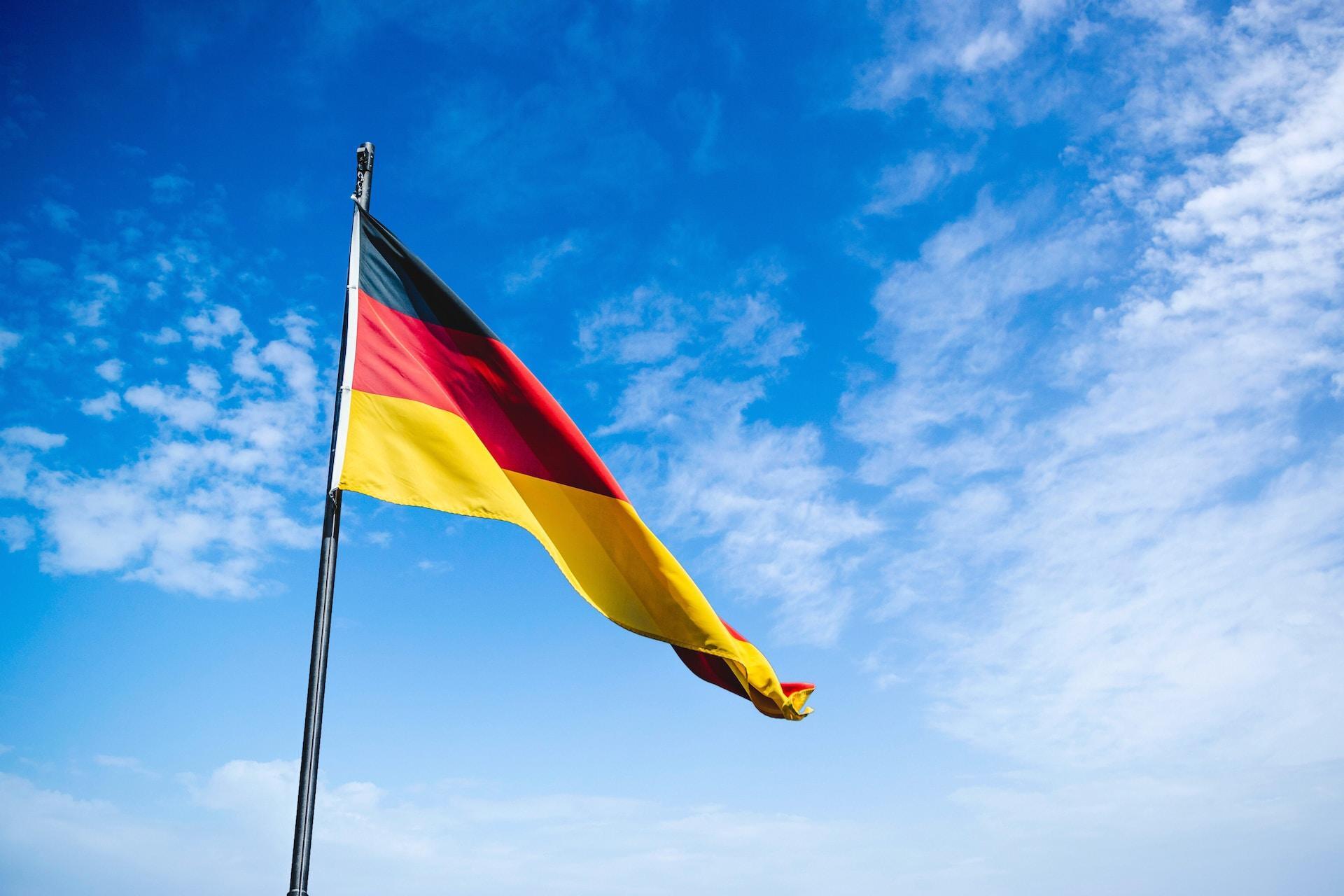
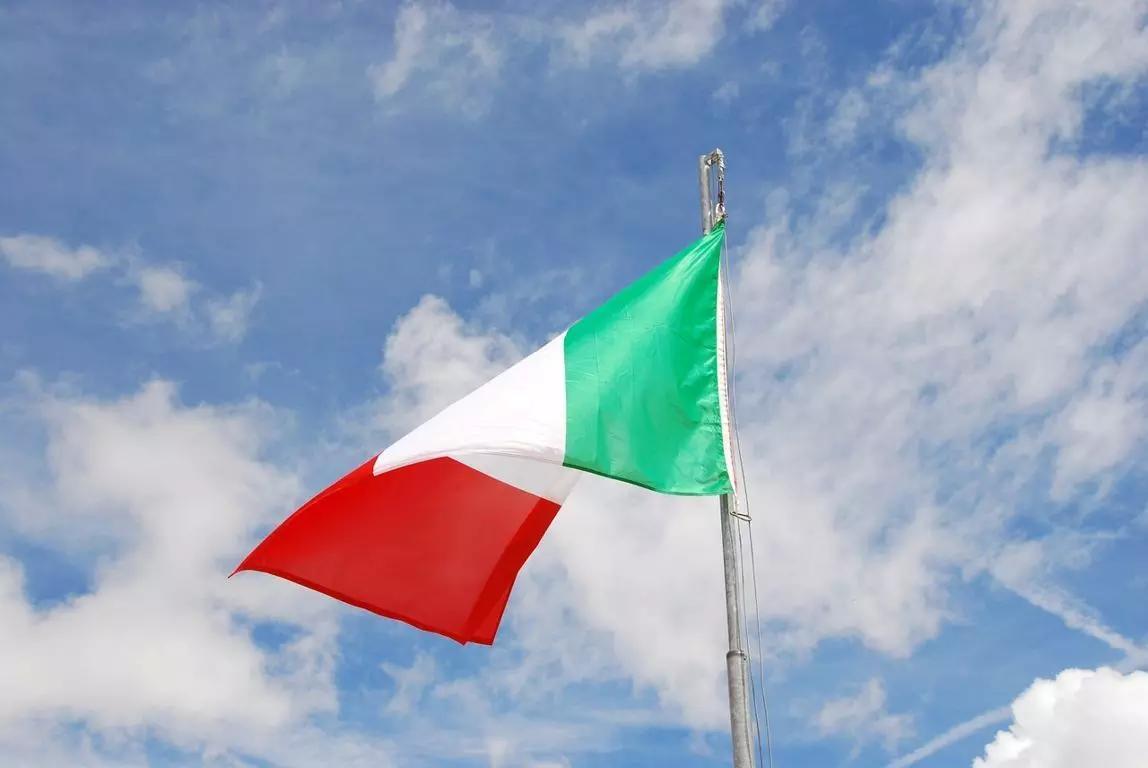
Italy
The Italian flag represents faith (green), purity (white), and charity (red). Frenchman Napoleon Bonaparte helped popularize these colors.
Canada
The main feature of Canada's red and white flag is the maple leaf in the center, which has been the national symbol since the 18th century.

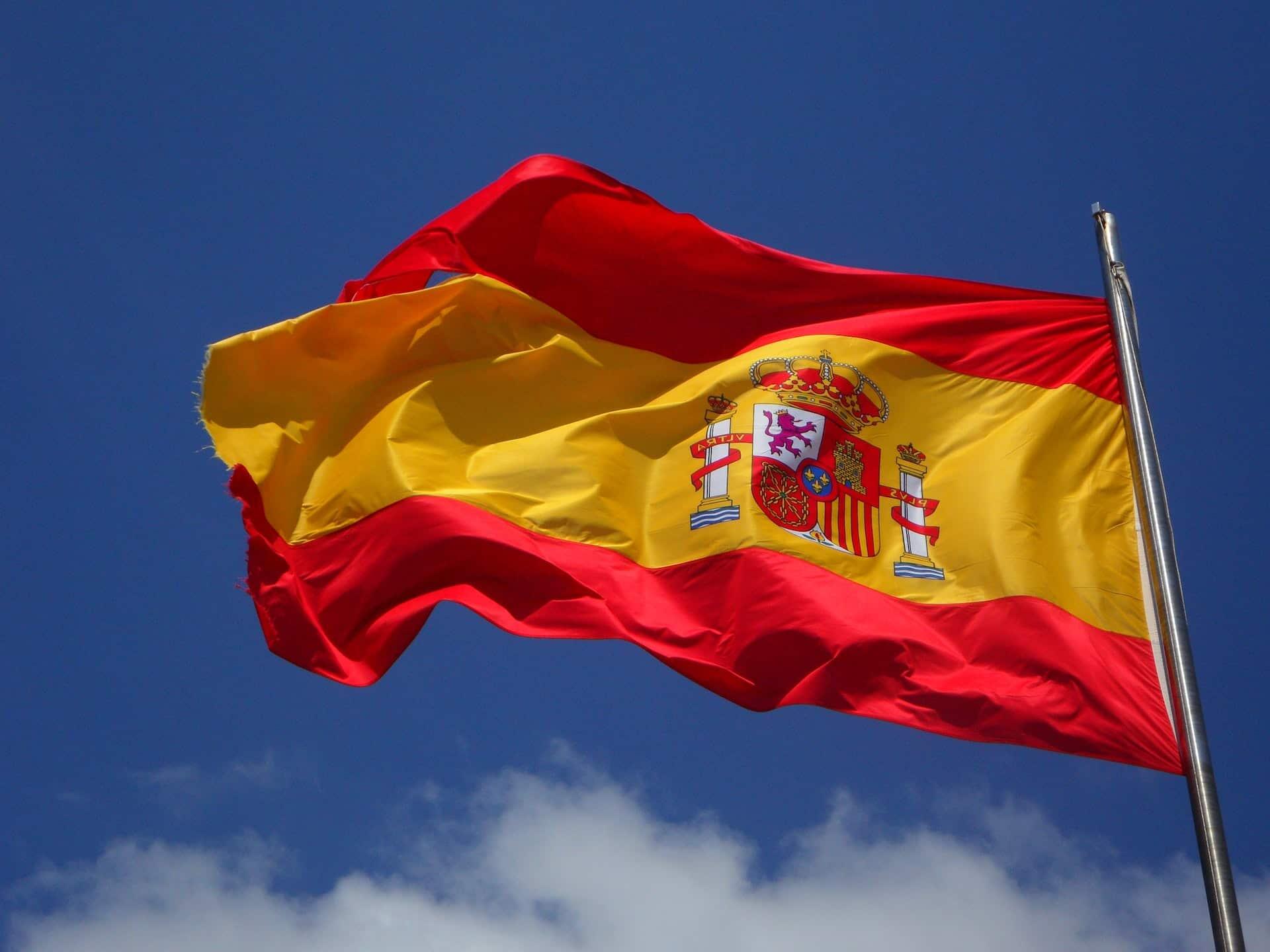
Spain
The red and yellow colors come from the old naval flag of the 18th century, while the (asymmetrical) coat of arms represents the historical Spanish kingdoms.
India
The three colors of the Indian flag symbolize courage, peace, and prosperity. The wheel design has 24 spokes, representing the hours of the day and constant progress.
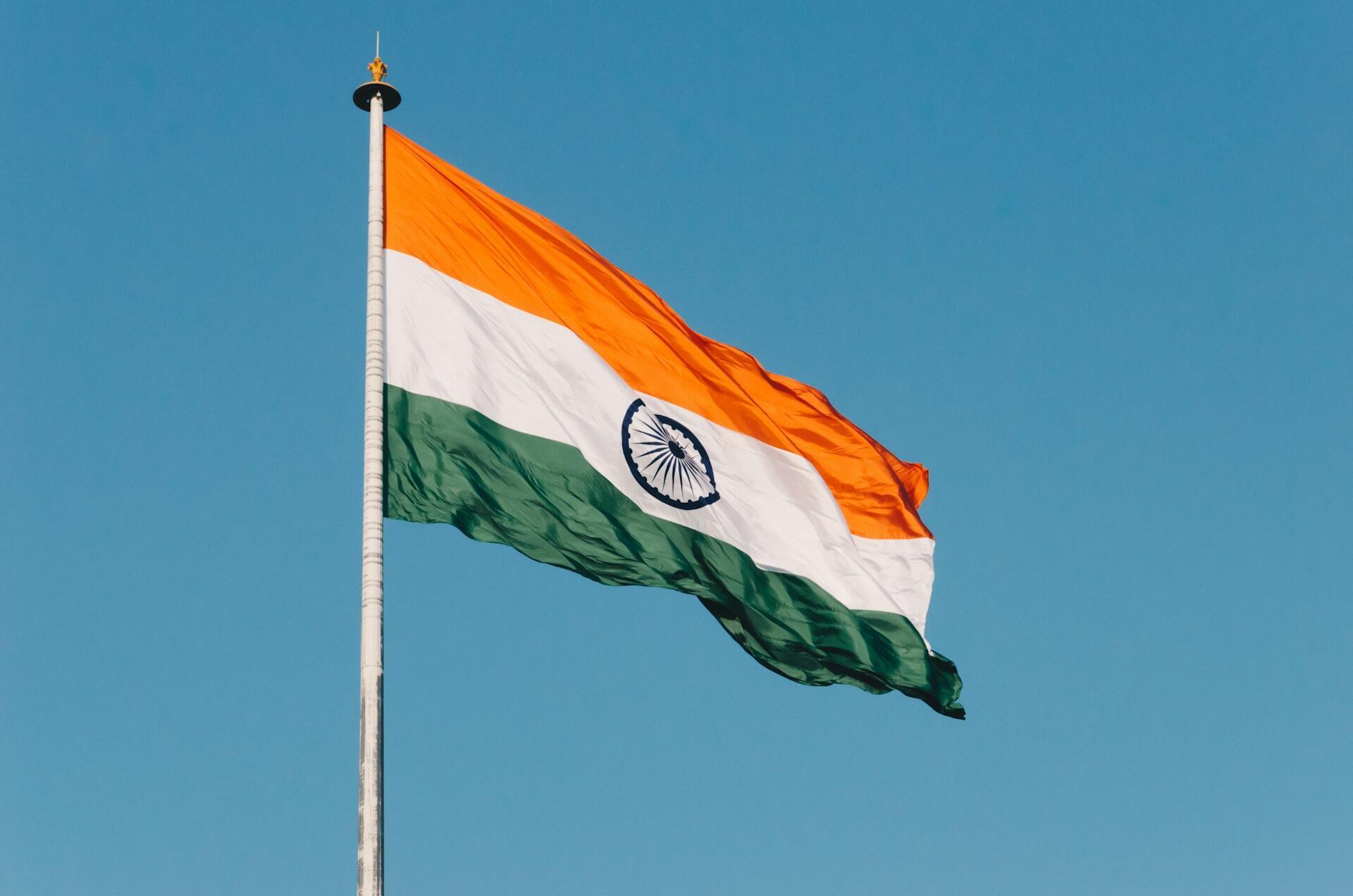
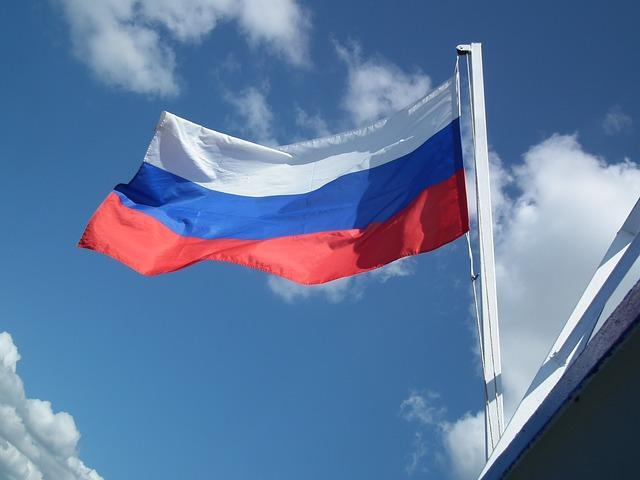
Russia
White, blue, and red originated in the 17th century and inspired several Slavic flags. These colors symbolize nobility, faith, and courage.
Argentina
Argentina's blue and white evoke the sky and clouds, with a sun symbolizing the Inca sun god, Inti.
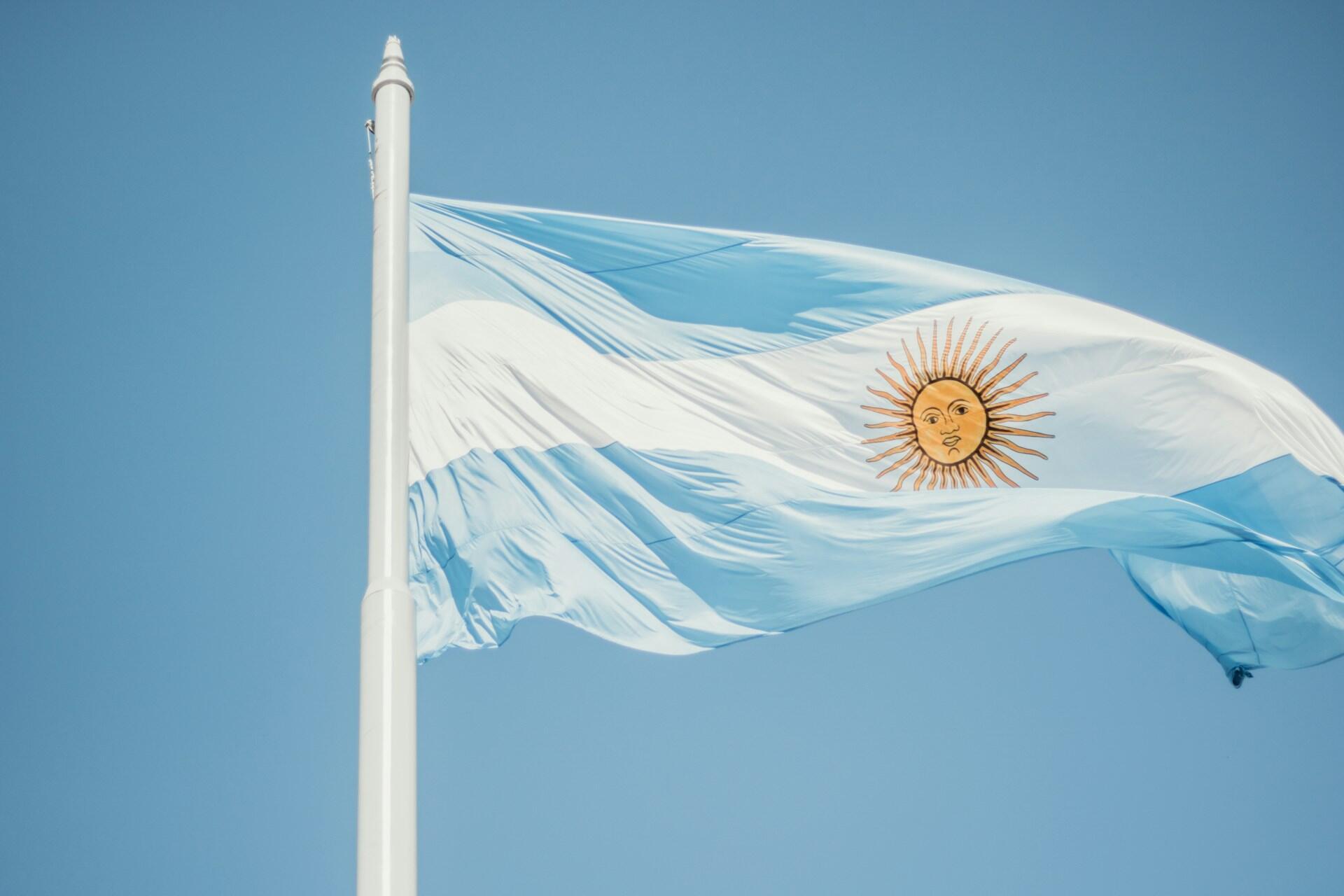
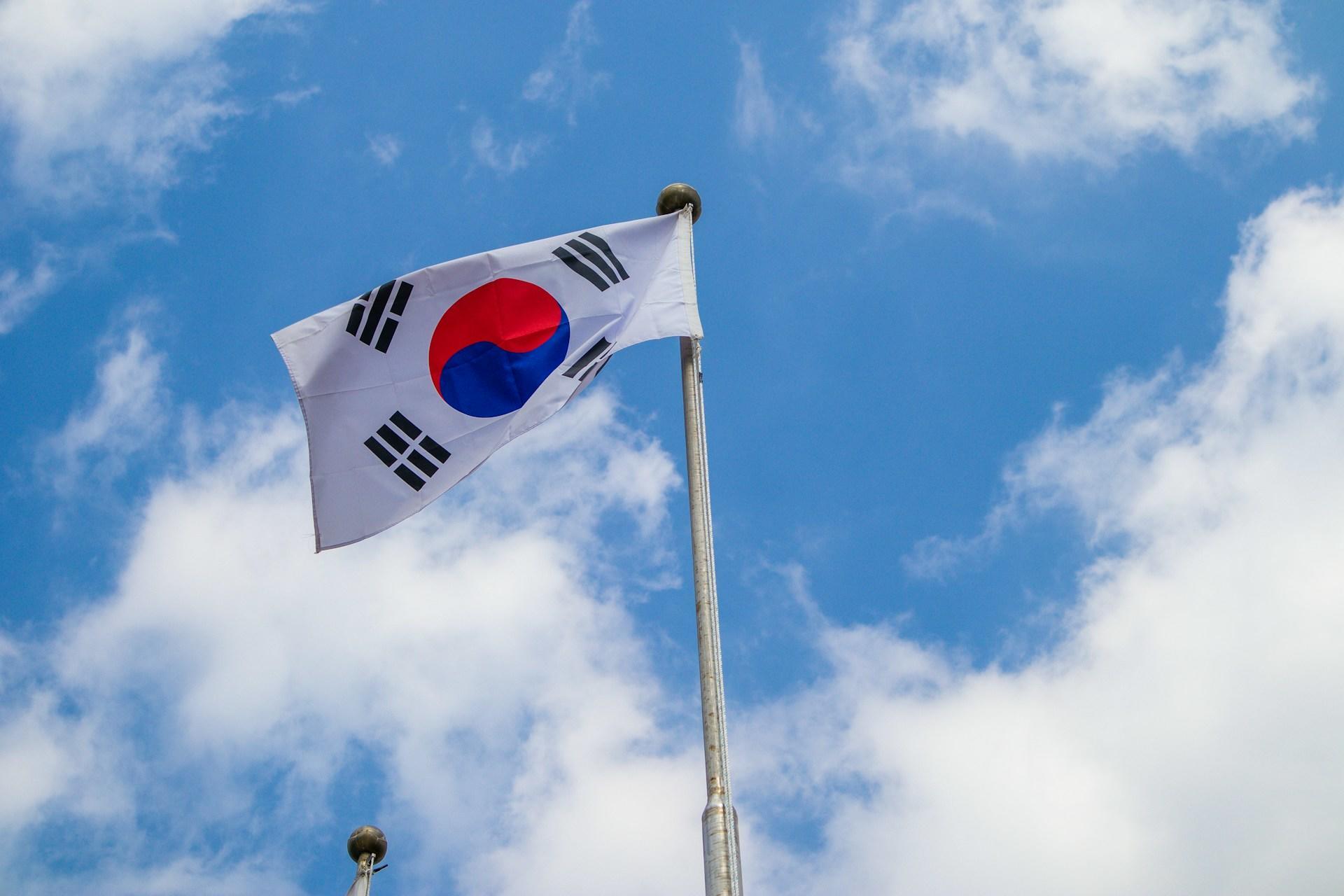
South Korea
South Korea's flag, the Taegeukgi, expresses balance in the universe through its yin-yang symbol.
Australia
Australia's flag features the Southern Cross constellation and the Union Jack, reflecting its British ties.
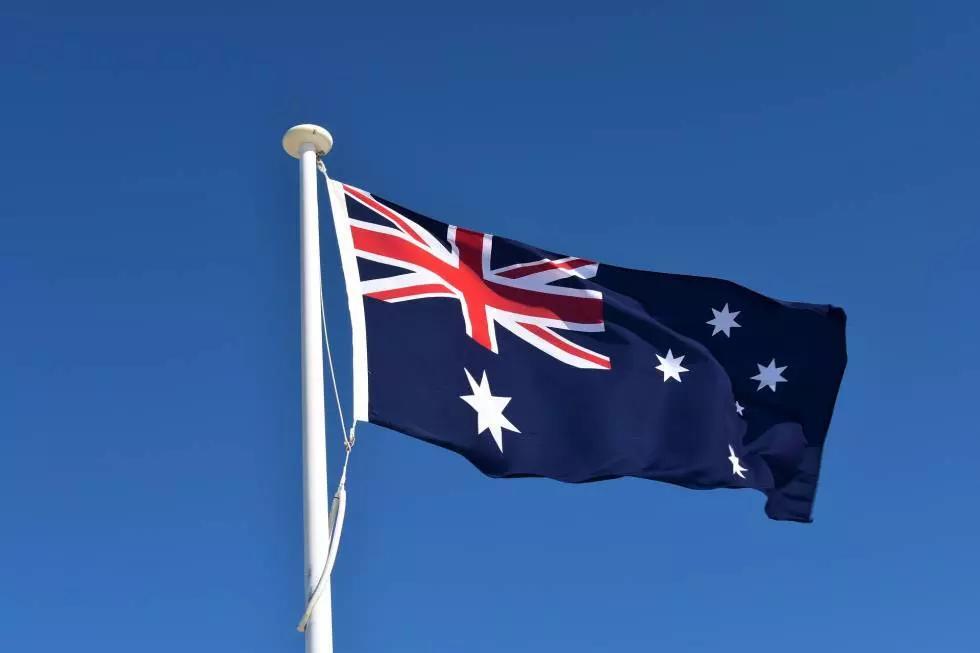
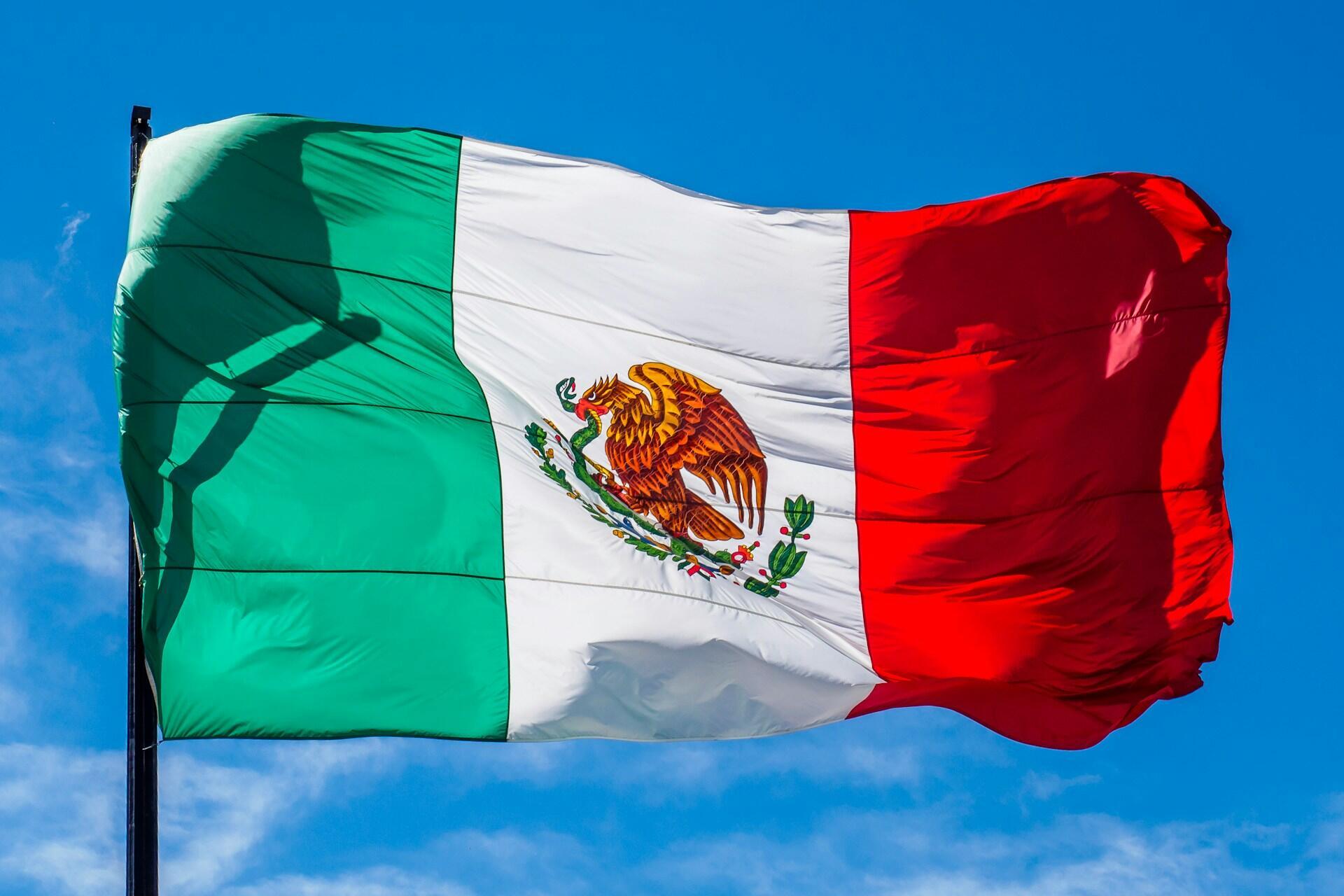
Mexico
Mexico's flag shows an eagle holding a snake, an image from an Aztec prophecy about founding Tenochtitlán, now Mexico City.
Portugal
Portugal's flag evokes its independence in 1143 and its role in the Age of Exploration.
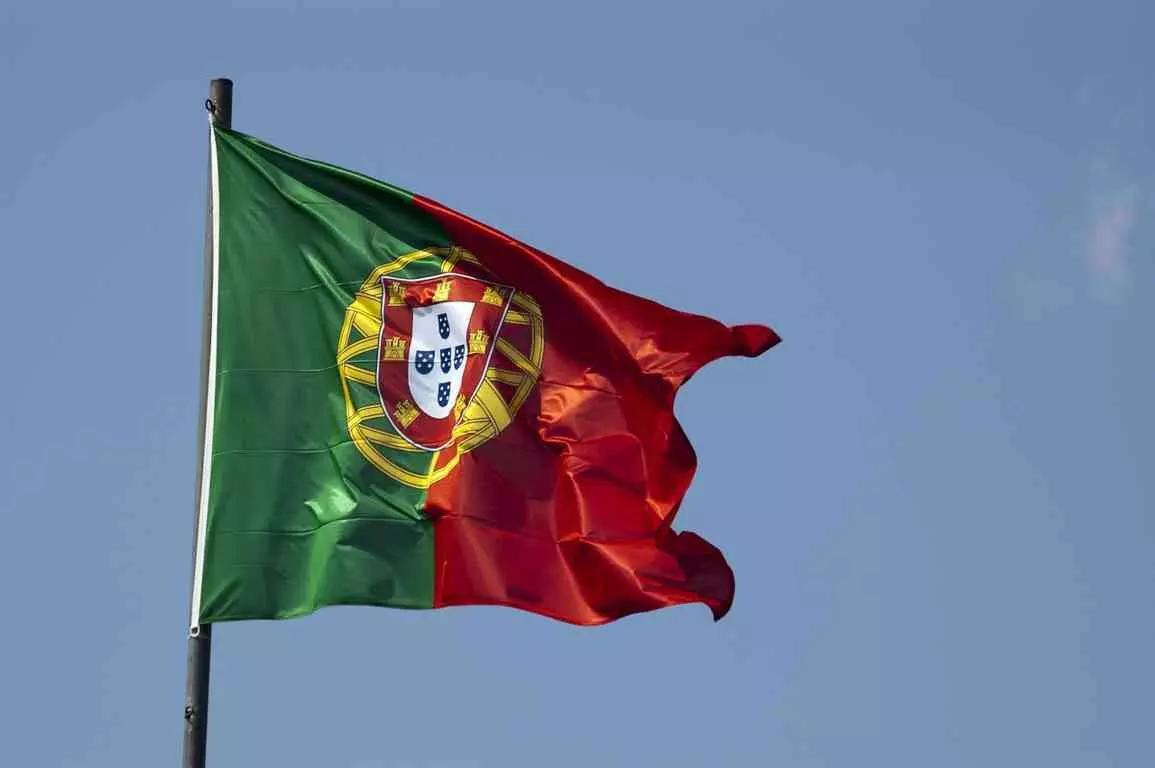
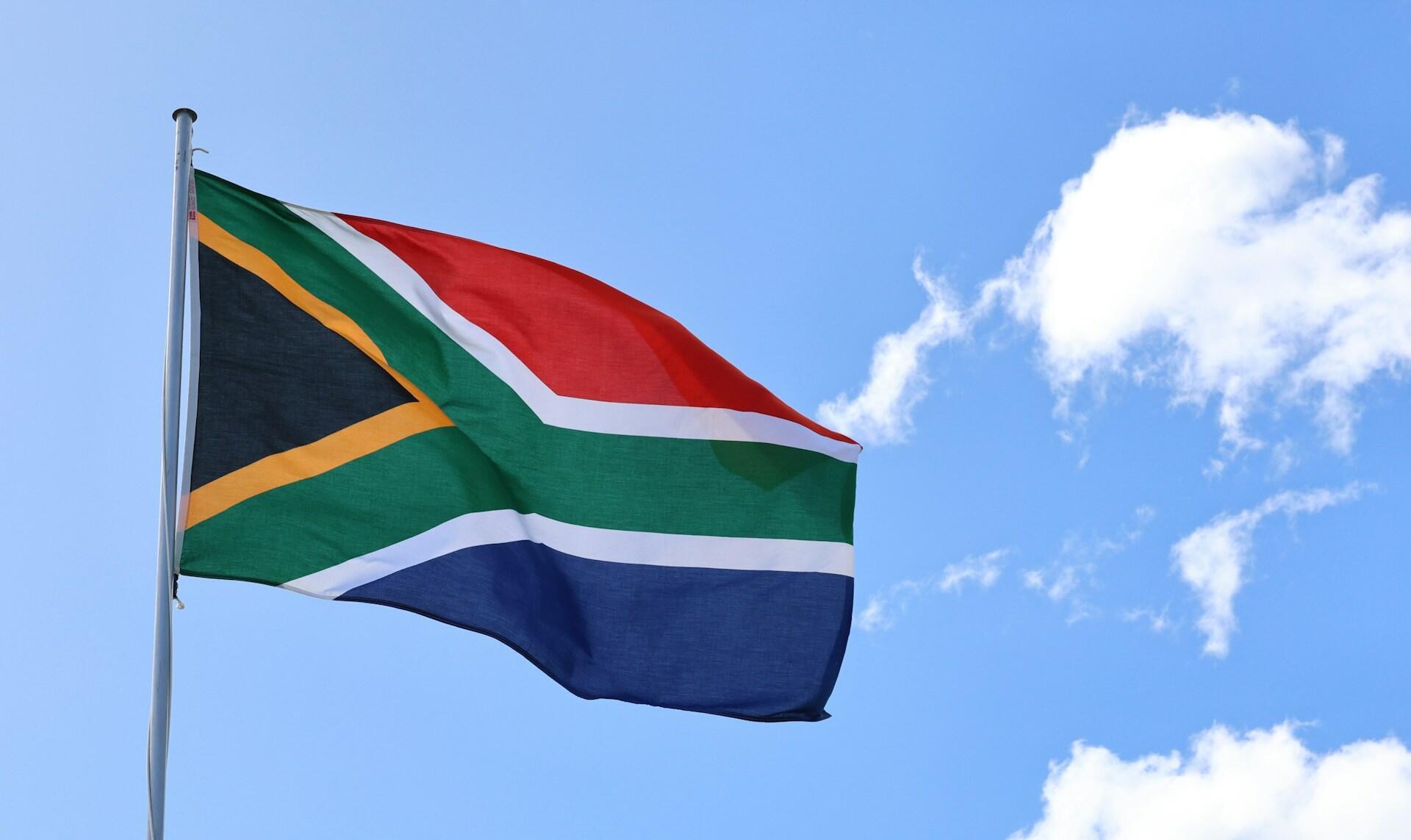
South Africa
South Africa's six-color flag, adopted in 1994 after apartheid, has no emblem or coat of arms and symbolizes unity in diversity.
Switzerland
Switzerland's square red flag with a white cross is one of only two non-rectangular national flags, along with the Vatican's.
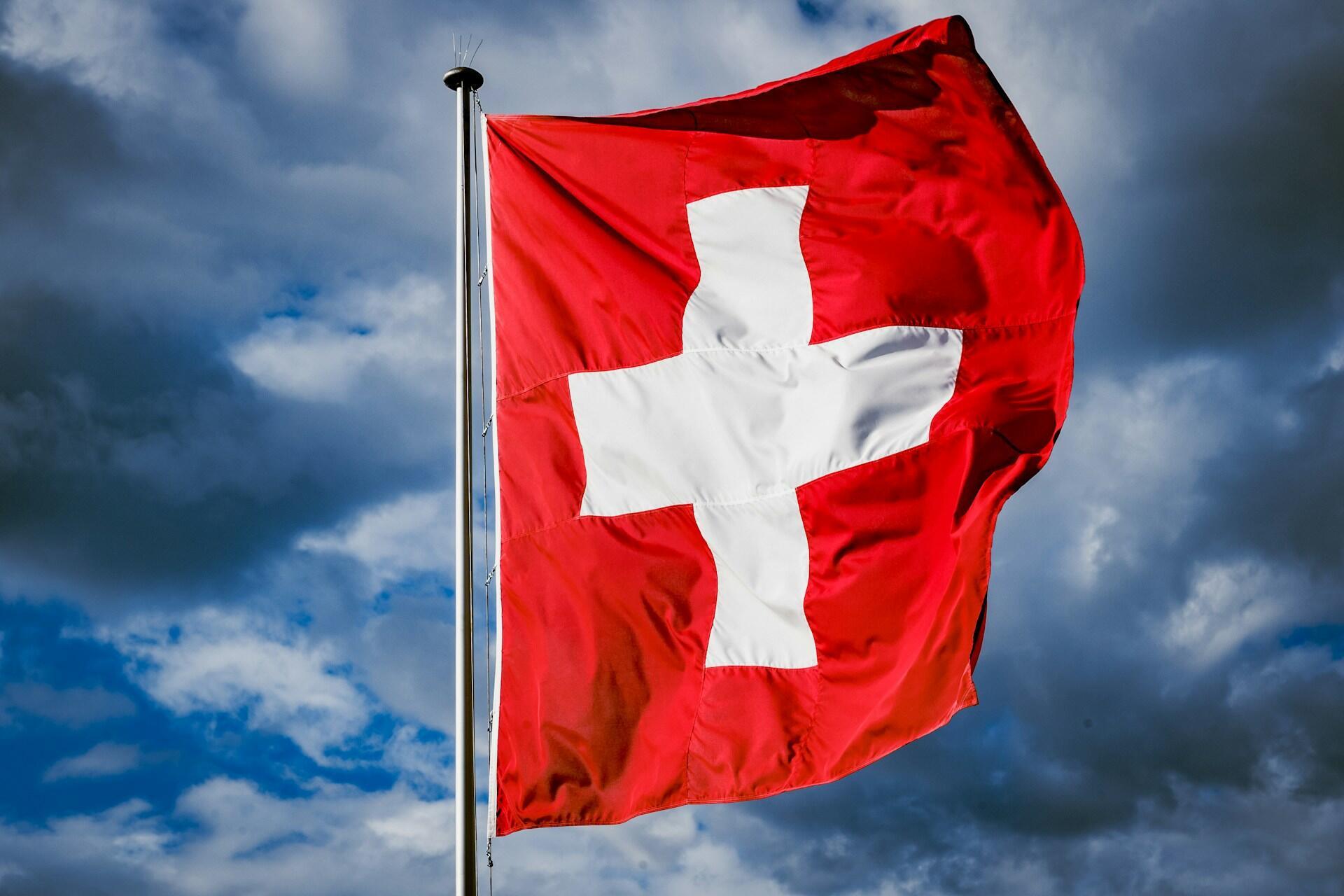
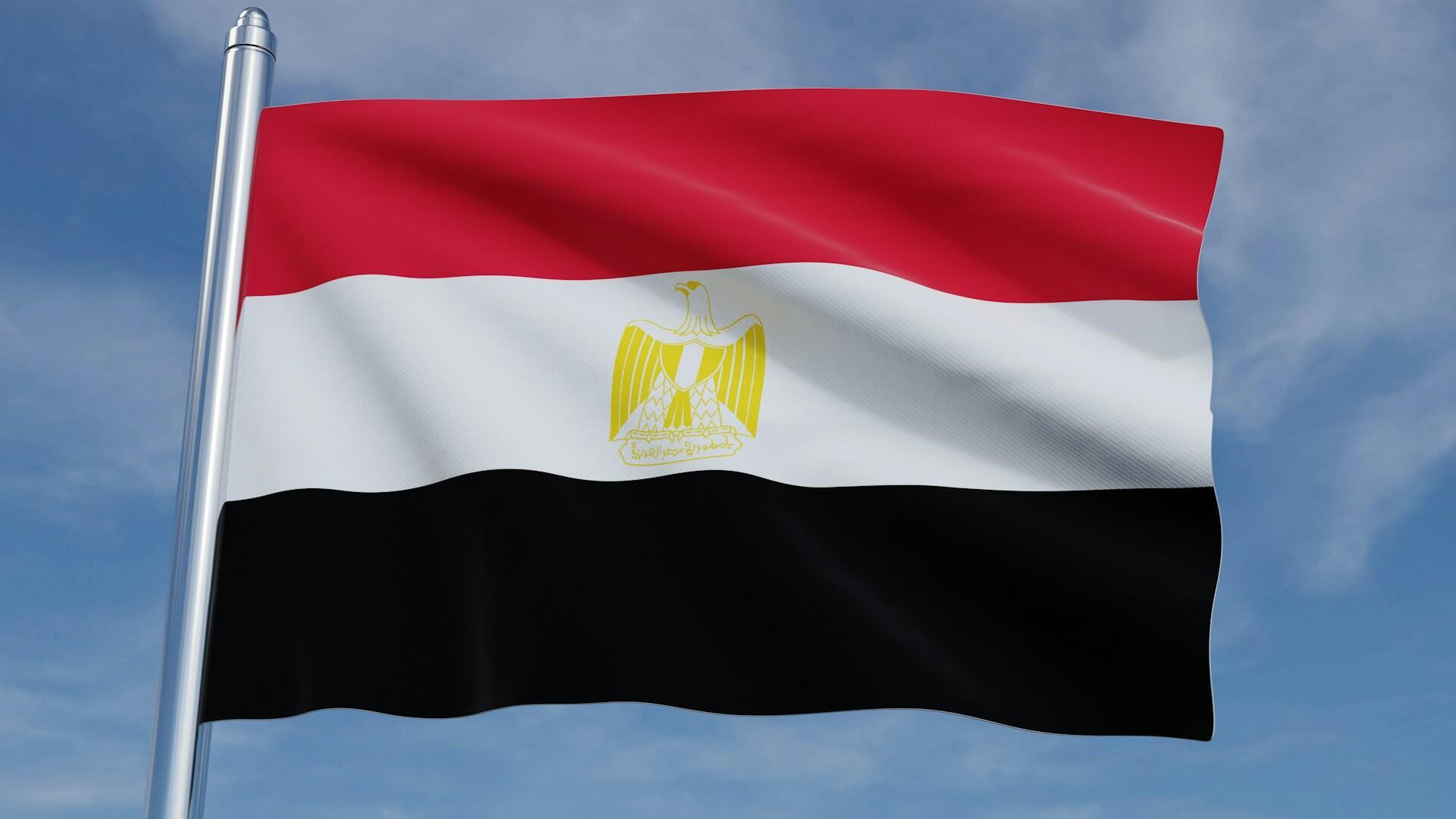
Egypt
Egypt's red, white, and black colors symbolize revolution, purity and strength, a color scheme shared with Arab nations.
A Symbol in Constant Evolution
Despite their ancient origins, flags are more relevant than ever in the 21st century. They are displayed not only during official and diplomatic ceremonies but also at major international sports events such as the Olympics and the World Cup. Flags carry deep symbolic and emotional weight. In moments of national pride, a simple piece of cloth can unite entire populations around a common purpose.
In international relations, raising or lowering a flag remains a powerful act, signaling alliances, ruptures, sovereignty or solidarity. In the digital age, the concept of a flag has expanded. Beyond national and organizational flags such as those of the UN or EU, new emblems have appeared to represent causes and collective identities, like the rainbow flag for LGBTQIA+ pride, the peace flag or environmental banners calling for sustainability.
These new symbols show that even as the world changes and the concept of nation evolves, the human need for belonging and representation remains deeply rooted.
How did you do on the quiz?

